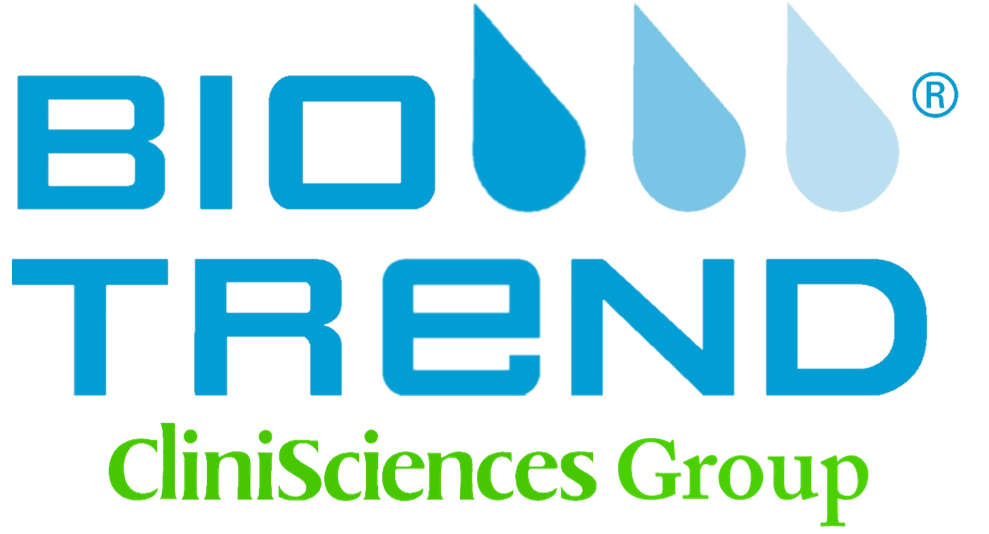Alcian Blue 8GX [33864-99-2]
Katalog-Nummer HY-D0001-1ml
Size : 10mM/1mL
Marke : MedChemExpress
| Beschreibung | |
|---|---|
| In Vitro |
Alcian Blue 8GX working solution preparation[1] MedChemExpress (MCE) has not independently confirmed the accuracy of these methods. They are for reference only. |



